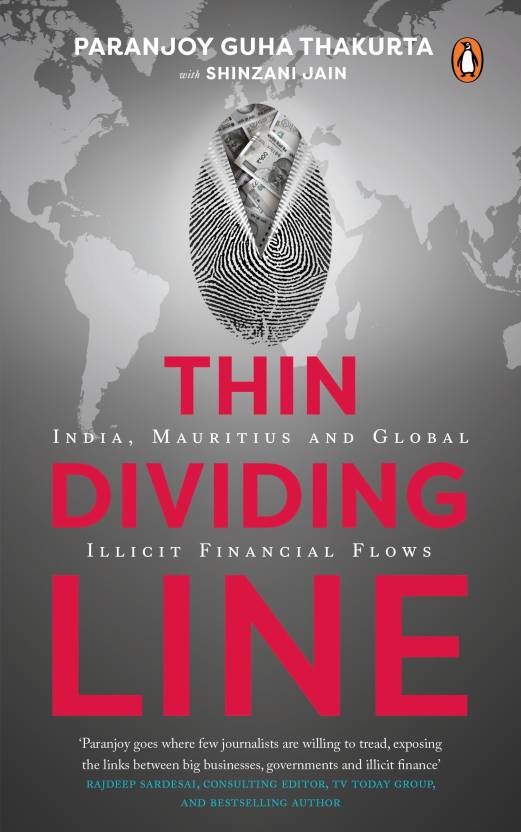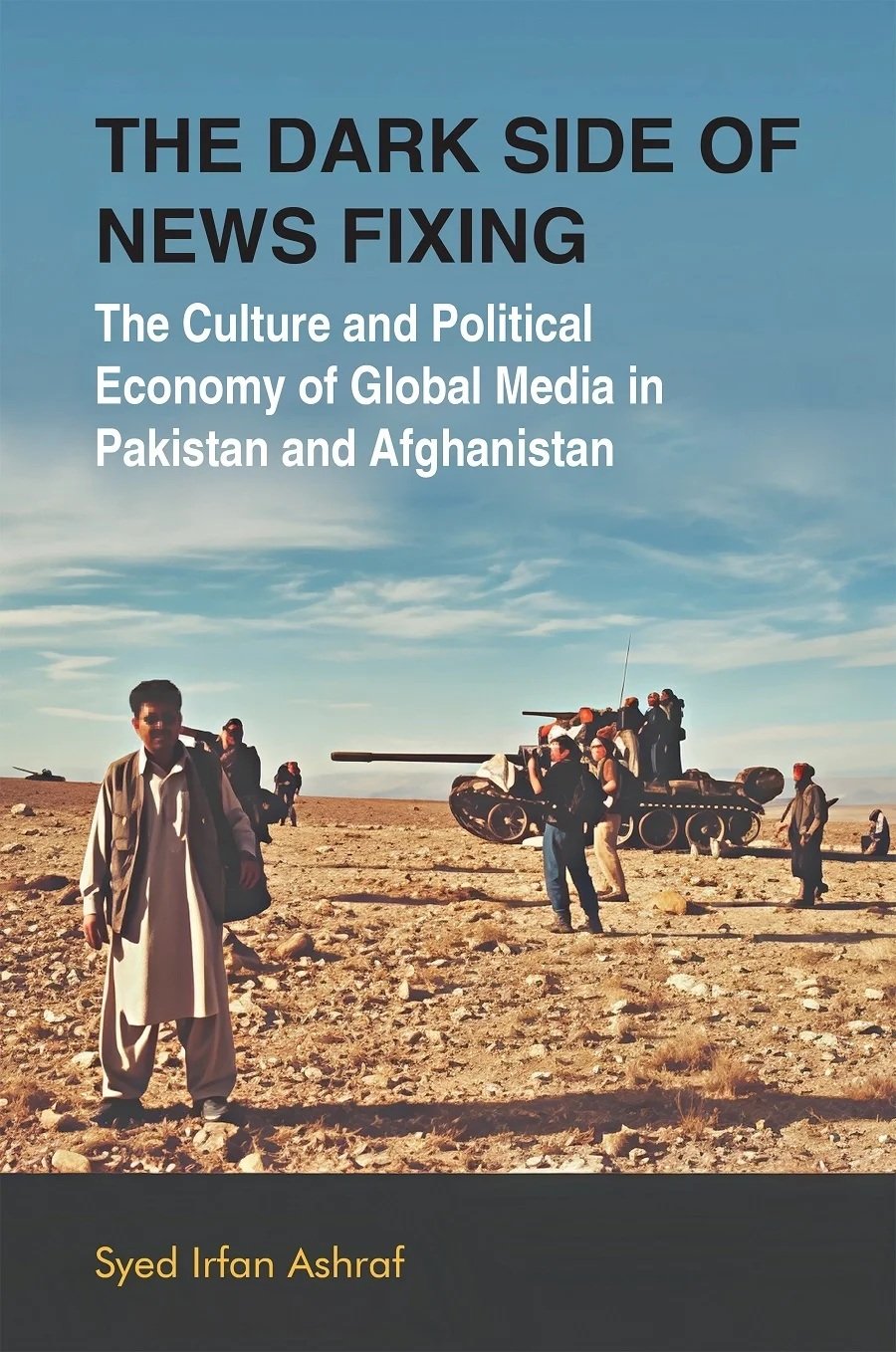THE BUCK HAS DEFINITIVELY stopped at the table of the very highest in the land. On 16 November, the Supreme Court was irked into asking why ‘the sanctioning authority,’ the prime minister, had remained (rather eerily) uncommunicative for 15 months to a request by Janata Party president Subramanian Swamy for the prime minister’s sanction to prosecute Union Minister for Communications and Information Technology Andimuthu Raja in the 2G spectrum scam, whose magnitude has left the polity stunned. Raja is accused of presiding over the country’s biggest-ever scandal, possibly running into 1.7 trillion rupees (roughly 37 billion dollars at the current exchange rate)—that of selling off for a song the scarce electromagnetic spectrum used for mobile telecommunications to a select group of companies. Raja had filibustered about putting in his resignation before crumbling barely 48 hours before the Supreme Court’s admonition to the prime minister.
A meticulously-researched report tabled in Parliament on 16 November by the Comptroller and Auditor General (CAG) held Raja directly responsible for deliberately undervaluing spectrum and manipulating the process through which a clutch of telecom companies was granted licences on a controversial first-come, first-served basis. CAG confirmed what the media had been reporting for more than three years and more than a year after the Central Bureau of Investigation lodged a first information report against Department of Telecommunications (DoT) officials and others, including politicians and representatives of privately-owned firms.
On the very day of the Supreme Court’s reproof and the tabling of the CAG report, the prime minister stated fulsomely in a speech to commemorate the 150th anniversary of the office of the CAG that its reports were taken “very seriously” not just by the media but also by the public, by the government and by Parliament:
This casts a huge responsibility on the institution to ensure that its reports are accurate, balanced and fair. Very often, there is a very thin line between fair criticism and fault finding, between hazarding a guess and making a reasonable estimate, between a bona-fide genuine error and a deliberate mistake. As an important watchdog in our democracy, it falls upon this institution to sift the wheat from the chaff, to distinguish between wrong-doing and genuine errors, to appreciate the context and circumstances of decision making processes.
In a delicious bit of irony, the prime minister made these prescriptive remarks at a time when documents leaked to the media clearly indicated that while he had been aware of the manipulations by Raja and DoT, he had (apparently) done nothing to prevent them. Under the circumstances, the prime minister’s advisements to the constitutionally mandated government auditors were perceived to be as inappropriate as they were imprudent.
The 2G spectrum scandal is significant because it sets a new national benchmark for corruption caused by the nexus between politics and business. Those who see the outcome of deregulation in India as positive highlight the incredible expansion of the telecom market (cities like Delhi and Chennai have more mobile phones than people) and the sharp fall in tariffs. They point out that the blinding growth in mobile phone ownership, which makes the country’s telecom industry the second-largest in the world, would never have happened had the government retained its telecom monopoly. Consequently, India’s telecom tycoons—such as Sunil Bharti Mittal, Ratan Tata and the Ambani brothers, Mukesh and Anil—are fêted as the torch-bearers of the post-liberalisation era.
The spectrum scam blew away this shine and exposed the ugly underbelly of the Great Indian Telecom Revolution. The CAG report states that under Raja, DoT tailored the rules, manipulated norms, cherry-picked from recommendations made by the Telecom Regulatory Authority of India, and overruled objections raised by the Ministries of Law and Finance and by the prime minister himself—all in order to enable select companies, including in the Unitech, Swan, Shyam, Tata, Reliance, Bharti and Videocon groups, to rake in obscenely massive profits at the national exchequer’s expense.
The scam had three branches to it. Some companies (for example, those in the Unitech and Swan groups) gained because DoT under-valued spectrum. Others (in the Reliance and Tata groups) benefited from DoT’s decision to have a ‘technology neutral’ licencing regime in which operators so far permitted to use either the Global System of Mobile (GSM) communications or the competing Code Division Multiple Access (CDMA) could now use both technologies. The third category of beneficiaries included existing operators (such as Bharti Airtel, Vodafone and Idea)—the so-called ‘cartel’ that Raja claimed he tried to break—who received spectrum in handsome excess. By adding up the losses under all three heads, CAG arrived at the staggering figure of 1.76 trillion rupees—which is more than four times the government’s annual expenditure on the ‘world’s largest social security scheme,’ the Mahatma Gandhi National Rural Employment Guarantee programme.
The disgraced Raja claims that by inducting new players to break what he called an existing cartel of mobile telephone operators, he increased the number of mobile phone users in India and brought down tariffs. (India has more than 700 million mobile phone users, more than double the number three years ago, and user charges are among the lowest in the world.) What is questionable is that DoT under Raja had handed out licences in January 2008 at prices determined in 2001, when the country’s mobile telephony market had been far smaller. Raja’s critics say that, even had spectrum been allotted at market prices, normal competitiveness would by itself have ensured the notable increase in teledensity and declines in call tariffs.
Raja is accused of favouring, under the pretext of breaking a cartel, a bouquet of companies (including real estate groups Unitech and Swan) that had no prior experience in telecommunications. These favoured companies went on to engorge their equity share capital by roping in new partners, including big-time multinational corporation investors from Norway and the United Arab Emirates. The CAG report alleges that more than two-thirds of the companies that got the telecom licences were prima facie ineligible.
Raja managed to retain the high post that he tainted for as long as he did because of the compulsions of coalition politics. He belongs to the Dravida Munnetra Kazhagam (DMK), which has 18 members of parliament in the Lok Sabha as part of the ruling Congress-led United Progressive Alliance coalition. In turn, in Tamil Nadu, 34 Congress members of the legislative assembly help maintain the majority status of the DMK-led coalition government in the state. DMK head and Tamil Nadu Chief Minister Muthuvel Karunanidhi claims that Raja is innocent and that he resigned only so that Parliament, which the opposition lost no time in disrupting when the CAG report was tabled, could function normally.
Now it remains to be seen if the government will follow through with the ongoing investigations, eventually punishing those telecom industry bigwigs at fault and cancelling the licences of the companies that obtained them illegally. There are suggestions that the dubiously acquired licences should be auctioned to partly compensate the government for the huge notional losses that it incurred in January 2008 when spectrum was allotted at prices one-tenth their market worth.


